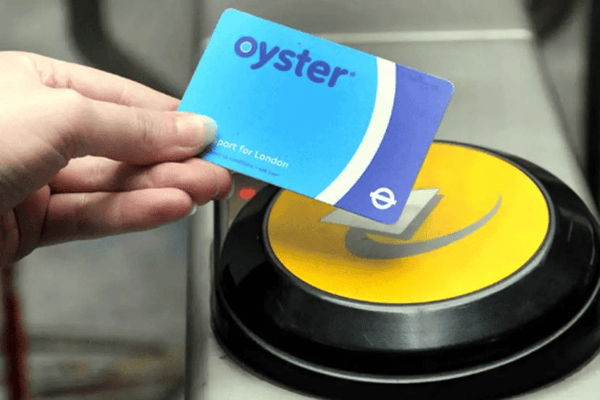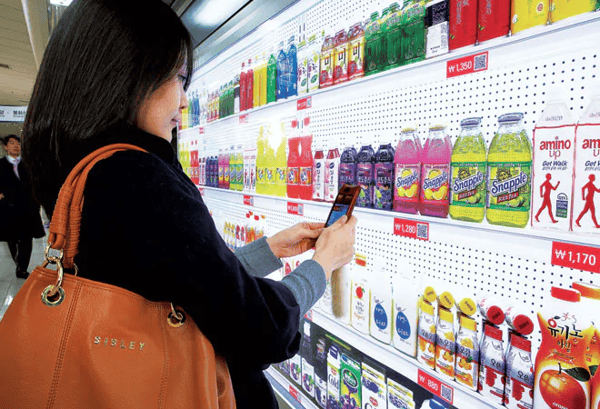Everyone wishes that their commute to work was a little bit faster, a little bit better. In fact, we want to get anywhere that we’re going more quickly and more comfortably than ever before.
What is Smart Transportation and is it the Future?
The ever-changing technology landscape has meant big changes in every aspect of our lives. And now these advances have promised to improve transportation in every form.
High congestion rates due to more vehicles on the road have brought the need for an improved transportation system to the forefront of our minds.
And with the global Intelligent Transportation System (ITC) market being valued at over $25 billion, what's next for transportation? In this article we’ll cover all things smart transportation, and what the future may hold for the way we get around…
What is Smart Transportation?
‘Smart transportation’ refers to the integrated application of modern technology and management strategies into transportation systems.
You’re probably more in touch with it than you may think! Smart transportation can simply mean the basic management systems we’re already accustomed to, such as:
- Car navigation- This uses satellite navigation to get position data which is then correlated to a vehicle's position on a road. When directions are needed routes can be then calculated.
- Traffic signal control systems- Newer traffic control systems have been adapted to work in a smart way. They’ve been developed to respond to their surroundings and adjust to traffic conditions. If you're driving at rush hour and you're seeing green all the way from work to home, you're in luck: dynamic signals have turned all traffic lights to green to maintain traffic flow.
- Automatic number plate recognition- This uses character recognition on images to detect and read vehicle registration plates. This creates vehicle location data, used for law enforcement, electronic toll collection and pay-per-road systems.
- Speed cameras- using detectors embedded in the road or radar technology to detect vehicles going above the legal speed limit. A digital picture is then taken and sent to the driver. This is a prevention method, used to encourage safer driving.
But with further technology being created every day, smart transportation is becoming more advanced. We’re seeing more applications that integrate live data and feedback to multiple sources- this is what the future of smart transportation will look like. With the potential to constantly evolve, we’ve already seen improvements such as:
- The use of navigation to find the best route possible in real-time.
- The ability to alert drivers of potentially hazardous situations quickly.
- Public transport is more convenient and reliable.
- The ability to adjust speed limits and signals in real-time based on conditions.
Smart Transportation in Action- Around the World
All over the world, technological advancements are bringing smart transportation to the forefront of people's everyday lives. Here are some examples:
City-wide sensors in Dublin, Ireland:
Dublin has implemented a city-wide sensor system that allows the people who live in the city to move around much more efficiently. It works by data being collected from bus timetables, traffic detectors, closed-circuit cameras and GPS updates transmitted by city buses every 20 seconds.
Meaning the operators can monitor and manage traffic in real-time and can take a look at the entire network in a single glance. This allows better traffic management and the ability to give road user
London’s Oyster card, Hong Kong’s Octopus card & Sydney’s Opal Card:
Although these cards may have become a regular in many people’s pockets. They should still be considered somewhat of an advancement. They work by being pre-loaded with funds, and credit is deducted each time the user scans it at a ticket date.
They completely alleviate the need to wait in line for a ticket, and allows users to quickly make their way through a busy train station. Which is ideal if you’re running late on your morning commute!
The automatic fare collection gates make it even quicker and easier for people to pass through a station.

Photo: LondonPass
Making Transit riders feel safer in Atlanta, USA:
A free app from the police has been introduced in Atlanta, designed for people to report suspicious activity they may witness or be involved in on public transport.
It’s specially designed for areas that have poor cell phone signal- such as the subway underground where usually it’s difficult to make contact with anyone outside the area.
It enables two-way communication between the user and the police, easily and quickly in order to respond to emergency situations.
Amazing Public transport in Seoul, South Korea:
Public transportation in Seoul is certainly a cut above the rest. Their metro systems have smart payment systems, 4G, and Wi-Fi. On top of all that, their subways are climate controlled and have seat warmers.
Their subway stations also have digital terminals so commuters can look up the best route for their journey. Which is a really practical use of technology and space within their station- and a real people pleaser!
But what really sets them apart is that some stations even feature virtual grocery stores! They feature walls that look like store shelves, displaying images and prices of common products. Each sign includes a QR code, consumers shop by scanning products and their orders are delivered to their home or office within the day.

Photo: businesstoday
The Future of Smart Transportation
We’re no doubt just at the very first stages of what’s ahead with smart transportation.
‘Smart cities’ are already taking off and more of these are definitely on the horizon. SingularityHub reports that 1,000 smart city pilots are under construction or are in their final planning stages across the world.
Smart cities will help us to be greener and will connect countless industries such as real estate, energy, transportation and more! When smart cities reach their peak, they will be able to self run, and every single one of us will connect our data to the city we live in.
Final Thoughts
“The arrival of the “information everywhere” world has opened up new opportunities to make the existing transportation network far more efficient and user friendly”
The quote above from Deloitte outlines the main goal of smart transportation advancements- to create a better system for the millions of travellers around the world.
See the full range of Metro & Public Transport Security Solutions from Gunnebo here

To learn more about a smarter future for transportation, download our
eBook - Public Transport: The Key to a Smart, Safe and Sustainable Future

